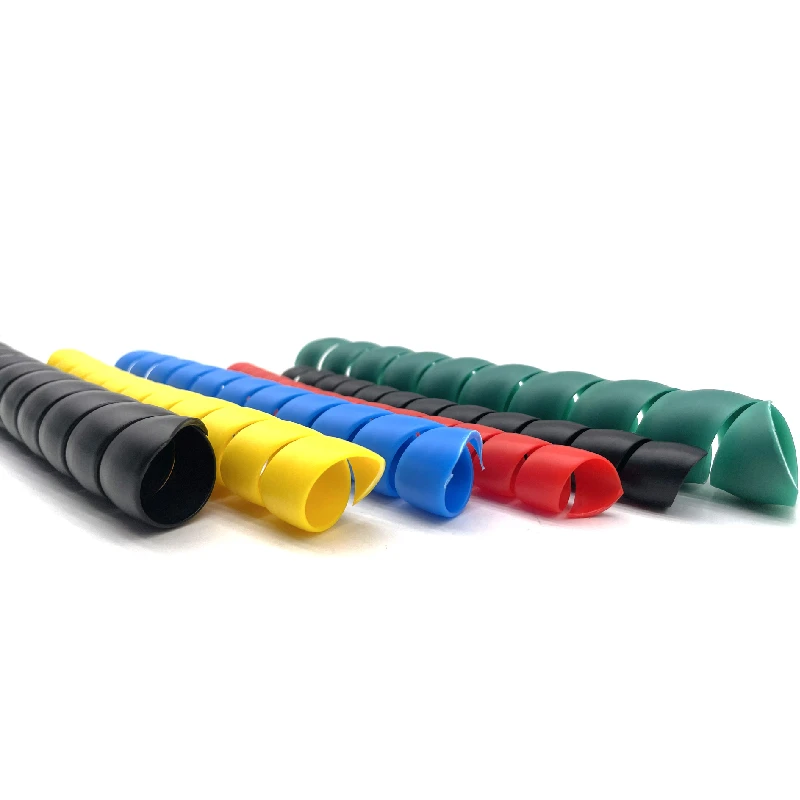Guide to Replacing Power Steering Hoses for Improved Vehicle Performance and Safety
Power Steering Hose Replacement A Comprehensive Guide
Power steering is an essential component of modern vehicles, ensuring that steering is smooth and effortless. The hydraulic power steering system relies on various components, including power steering hoses, to function optimally. Over time, these hoses can wear out, become damaged, or develop leaks, necessitating immediate replacement. This article provides a thorough guide on how to replace the power steering hose, signs that it's time for a replacement, and tips for ensuring effective repair.
Understanding Power Steering Hoses
Power steering hoses are responsible for transporting hydraulic fluid between the power steering pump and the steering gear. There are typically two types of hoses the high-pressure hose, which carries fluid from the pump to the steering gear, and the low-pressure return hose, which carries the fluid back to the reservoir. Both hoses must be in good condition for the steering system to work efficiently.
Signs That You Need to Replace Your Power Steering Hose
1. Fluid Leaks One of the most common indicators of a failing power steering hose is the presence of fluid leaks. If you notice a reddish-brown fluid pool under your vehicle or around the power steering components, it's crucial to inspect the hoses for cracks or wear.
2. Difficulty Steering If you experience resistance or stiffness while turning the steering wheel, the power steering system may not be receiving adequate fluid due to a damaged hose.
3. Whining Noise A high-pitched whining noise when you turn the steering wheel can indicate that the power steering pump is struggling to draw fluid, often due to a leak in the hoses.
4. Visible Damage Inspecting the hoses regularly can help identify visible signs of damage, such as bulges, abrasions, or fraying. If you spot any of these issues, it's time to consider replacement.
Steps to Replace Power Steering Hose
Replacing the power steering hose is a manageable task for those with basic mechanical skills and the right tools
. Follow these steps for a successful replacementpower steering hose replacement

Tools and Materials Needed - New power steering hose - Wrenches - Pliers - Rags - Power steering fluid - Safety goggles and gloves
Step 1 Safety First Begin by ensuring that the vehicle is parked on a level surface and the engine is turned off. Engage the parking brake and wear safety goggles and gloves to protect yourself from any fluid spills.
Step 2 Locate the Power Steering Hoses Open the hood and locate the power steering pump, the steering gear, and the hoses connecting them. Depending on your vehicle model, you may need to remove some components for better access.
Step 3 Drain the Power Steering Fluid Before removing the hoses, it’s essential to drain the hydraulic fluid. Place a container under the power steering pump and remove the reservoir cap. Let the fluid drain out completely.
Step 4 Disconnect the Old Hose Using the appropriate wrench, loosen and remove the high-pressure hose from the power steering pump and the steering gear. Take note of the orientation of the hose for proper installation of the new one. For the low-pressure hose, the process is similar, but it may require a different size wrench.
Step 5 Install the New Hose Attach the new power steering hose in the same manner as the old one. Ensure that all connections are tight, but avoid over-tightening, as this could damage the fittings.
Step 6 Refill Power Steering Fluid Once the new hoses are installed, refill the power steering reservoir with fresh fluid. Ensure that you use the fluid recommended in your vehicle's owner’s manual.
Step 7 Bleed the System Start the engine and turn the steering wheel from side to side to help remove any air trapped in the system. Keep an eye on the fluid level and add more if necessary.
Step 8 Check for Leaks Finally, inspect the new hoses and connections for any signs of leaks while the engine is running. If everything appears secure, you’re ready to hit the road.
Conclusion
Replacing the power steering hose is a straightforward process that can significantly impact your vehicle's performance and safety. Regular maintenance and timely replacement of worn components can save you from costly repairs down the line. If you’re unsure about performing the replacement yourself, it’s always best to consult a professional mechanic. Ensuring that your steering system is functioning smoothly is vital for a safe driving experience.
-
Ultimate Spiral Protection for Hoses & CablesNewsJun.26,2025
-
The Ultimate Quick-Connect Solutions for Every NeedNewsJun.26,2025
-
SAE J1401 Brake Hose: Reliable Choice for Safe BrakingNewsJun.26,2025
-
Reliable J2064 A/C Hoses for Real-World Cooling NeedsNewsJun.26,2025
-
Heavy-Duty Sewer Jetting Hoses Built to LastNewsJun.26,2025
-
Fix Power Steering Tube Leaks Fast – Durable & Affordable SolutionNewsJun.26,2025

